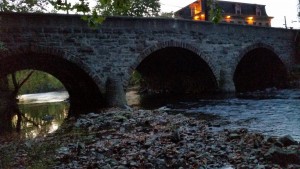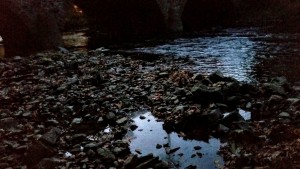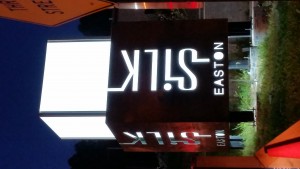“The tree seemed to lengthen itself out as she went up, and to reach farther and farther upward. It was like a great main-mast to the voyaging earth; it must truly have been amazed that morning through all its ponderous frame as it felt this determined spark of human spirit creeping and climbing from higher branch to branch. Who knows how steadily the least twigs held themselves to advantage this light, weak creature on her way! The old pine must have loved his new dependent. More than all the hawks, and bats, and moths, and even the sweet-voiced thrushes, was the brave, beating heart of the solitary gray-eyes child. And the tree stood still and held away the winds that June morning while the dawn grew bright in the east” (Jewett, 1205).
This passage beautifully described a relationship between the tree and the girl. This relationship developed as she climbed, signifying her closer connection to the tree and the world around her. In the end, she truly feels she has earned the reward below.
“Sylvia could see the white sails of ships out at sea, and the clouds that were purple and rose-colored and yellow at first began to fade away. Where was the white heron’s nest in the sea of green branches, and was this wonderful sight and pageant of the world the only reward for having climbed to such a giddy height?” (Jewett, 1206).
This joyous sight is her sacred reward for climbing and seeking out the heron on her own. She considers this a secret of the heron that she is now responsible to keep. She won’t even tell the one who came searching for the heron, and who, in part, inspired her own search. The understanding of this view and this world in which the heron lives is its own reward.
“Then to my morning work. First I take an axe and pail and go in search of water, if that be not a dream. After a cold and snowy night it needed a divining rod to find it. Every winter the liquid and trembling surface of the pond, which was so sensitive to every breath, and reflected every light and shadow, becomes solid to the depth of a foot or a foot and a half, so that it will support the heaviest teams, and perchance the snow covers it to an equal depth, and it is not to be distinguished from any level field. Like the marmots in the surrounding hills, it closes its eye-lids and becomes dormant for three months or more” (Thoreau, 306-307).
Thoreau’s description of Walden Pond uniquely compares it to the animals of the area, through the seasons in an awesome, magical transformation. The pond changes so much between the seasons, but it remains a sensitive, yet strong entity.






